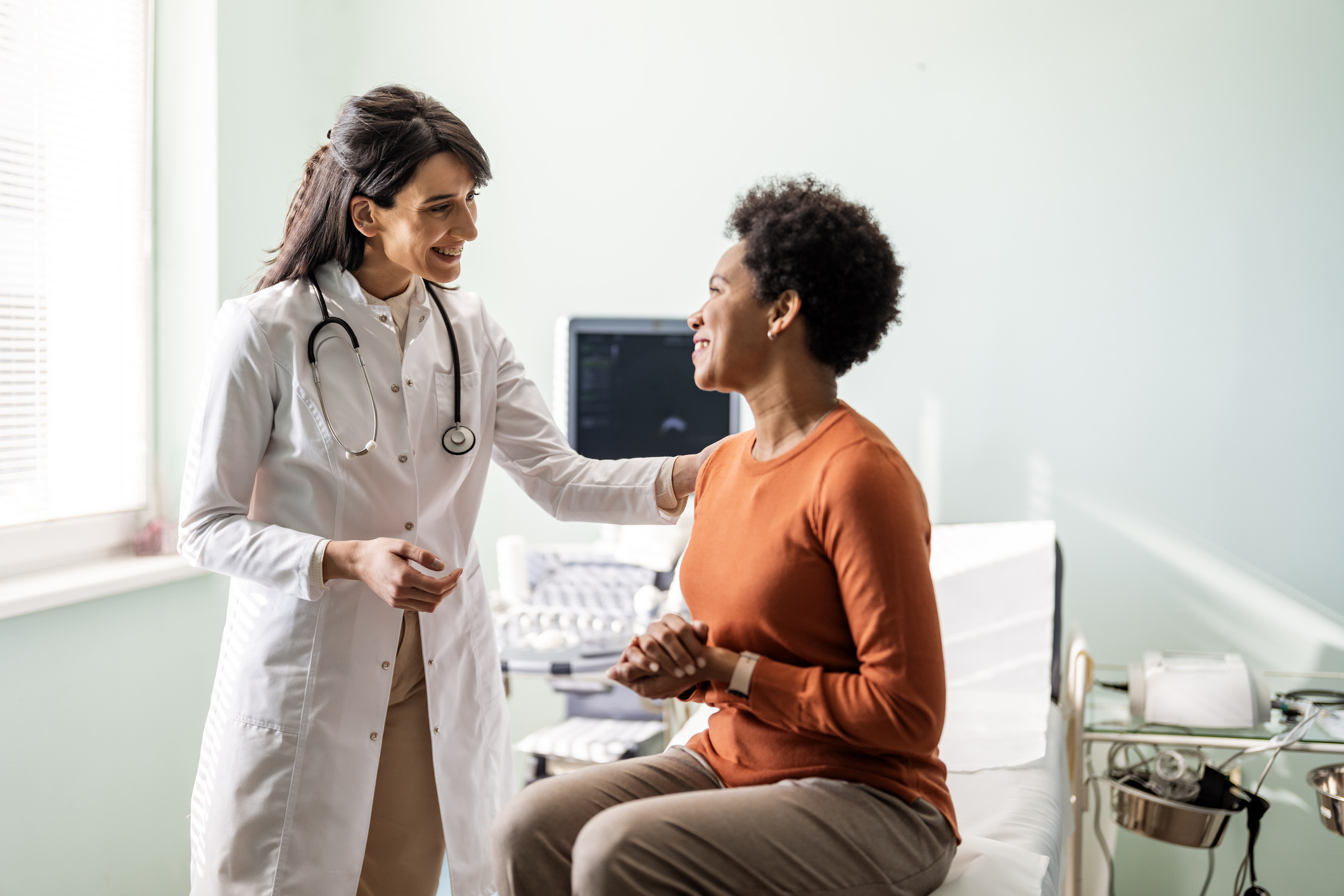Confessions of a Packaging Leader: David Hardin
I started my career with Richards Medical in Memphis, Tennessee, working in a product design role that later evolved into packaging engineering. At the time, I had no experience in packaging, and was therefore learning on the job. My degree was in operations management from the University of Memphis, but when the opportunity presented itself in packaging engineering, I quickly said “yes”. As the company grew and evolved, so did my role. I had the opportunity to manage an engineering team very early in my career. Even then, I knew I wanted to lead people; the opportunity to build and create something new together has always been exciting to me.
Smith & Nephew later acquired Richards Medical, and that gave me the opportunity to work in different technical functions beyond packaging such as product development, computer-aided design (CAD), Product Lifecycle Management (PLM), and more. I then joined Edwards Lifesciences six years ago and serve today as their Senior Director of Advanced Engineering Services. In this role, I lead the Global R&D Packaging and CAD Engineering teams. On both the R&D Packaging and CAD side, we support several business units across the organization. My role is aimed at ensuring that there are adequate resources to support the needs of each project or initiative, as well as bringing new enabling technologies to support a wide range of projects.

Building a Team
As a team leader, you’re responsible for building the team’s reputation within the organization, and that really starts with who you hire. It’s the talented people you bring in. From there, you work to elevate the capabilities of your team.
For me, when hiring a new packaging engineer, it’s 50% technical aptitude and 50% gut burn. By that, I mean: How will this person respond to a challenge? How will they fit in with the team? Will they have the persistence to overcome hurdles? When looking to hire an engineer, this is just as important as the technical role they will play within the team.
Leading a Team
As I look back over my career, there are two very clear hurdles I’ve faced as a leader, and they’re not specific to packaging. The first one is about finding balance. Being open and flexible in terms of taking others’ views and perspectives into consideration while knowing when to step in and move things forward. Sometimes you need to make a call that goes against the grain; doing that, and being willing to stand by your convictions, is critically important.
The second hurdle is finding alignment. As a leader, you’ve either built or come into a team of people with different skillsets and perspectives, which is important. But it is also important to get the team aligned, with everyone focused on a common goal. Getting aligned, making sure everyone is on the same page and understands the goals ensures you deliver for the business.
Developing Your Team
Early in my career, I discovered an interest and appetite for growing my leadership skills and found I really enjoyed helping people develop their own skills. I always encourage my team to continue learning in terms of building their technical skillset—honing their craft and approaching every day as an opportunity to learn something new.
A lot of the opportunities I have had as a leader have either come from me seeking them out or simply saying yes when they did come along. Because of this, I also advise others to say “yes” when it comes to accepting challenges outside of their day to day role. Great opportunities don’t come along every day, so when they do, you need to be ready to take advantage of the opportunity to learn and grow.
For Packaging Engineers Just Starting Out
In my opinion, every packaging engineer should want to be in medical—it’s the best place to work! The fact that the work we do directly impacts patients and the health and wellbeing of others is what makes our jobs so compelling. If that entices you, I recommend that very early on in your career you find an opportunity to observe clinical settings. This gives you the ability to see how products are being used, how healthcare professionals care for patients in the clinical environment, and how they interact with both products (medical devices) and packaging. What we do has a direct impact on patient outcomes, and seeing it live and up close connects you that much more to the work you do every day.
Learning from Failures
When it comes to failures, the times we ran into issues late in the game (which then caused a delay), stand out the most. For a packaging engineer, that’s the number one rule; don’t let packaging be the cause of a delayed product launch! It doesn’t happen often, but when it does, I’ve learned from it. Being able to keep a level of calm and perspective during the storm is so important. You’ll weather quite a few storms along the way—it’s unavoidable, so being able to take it in stride and learn from it is what’s important.
At Edwards, I’ve really connected to the company culture—early-stage failure, and the learning that comes from it, is embraced. Edwards is a very innovative company; we spend a significant percentage of our revenue on R&D. A company that puts that level of importance on innovation and R&D is going to experience failures along the way. It’s how you respond and learn from your failures that ultimately makes you stand out.


.webp)
